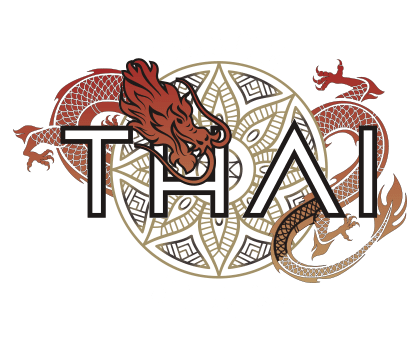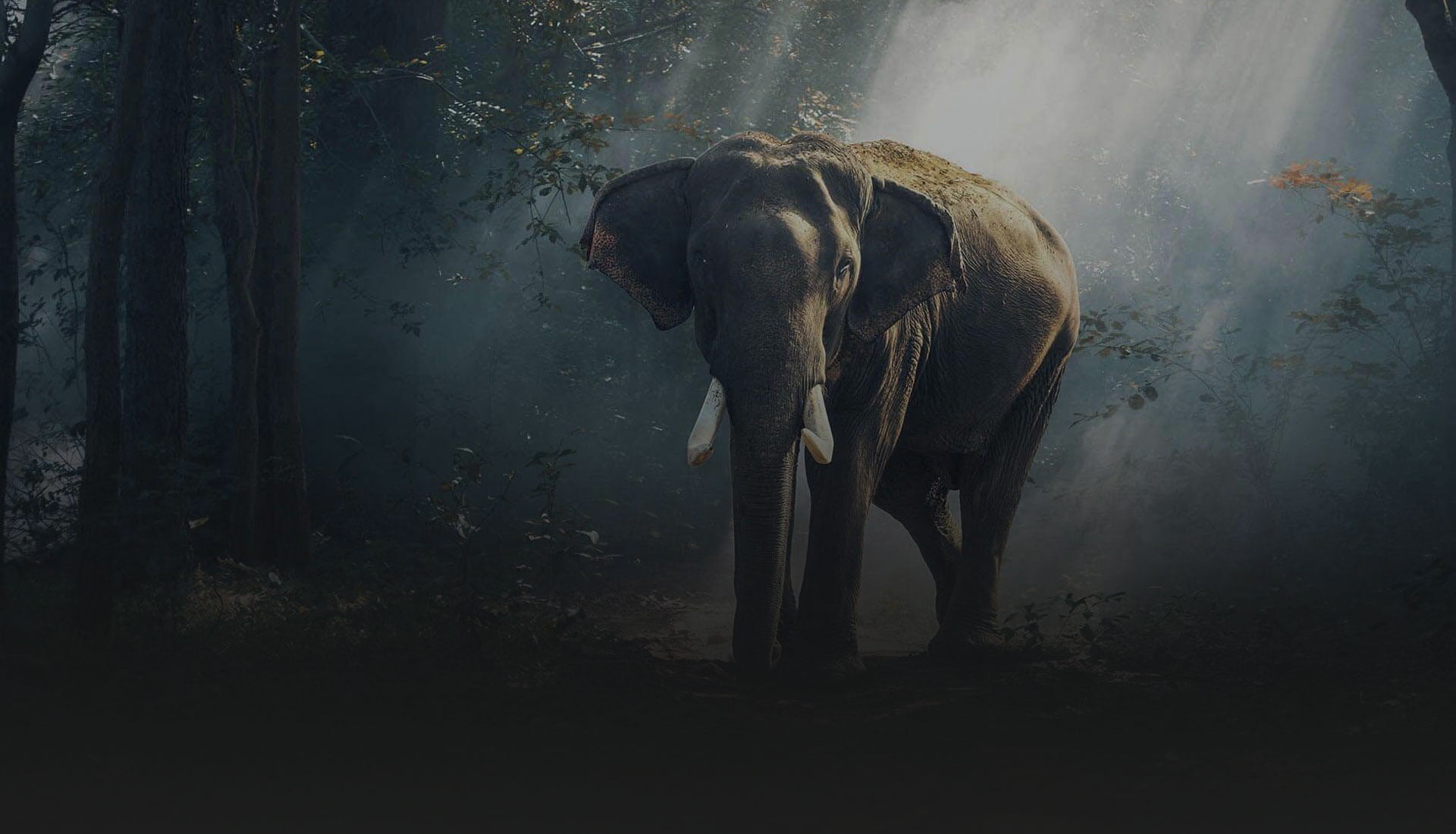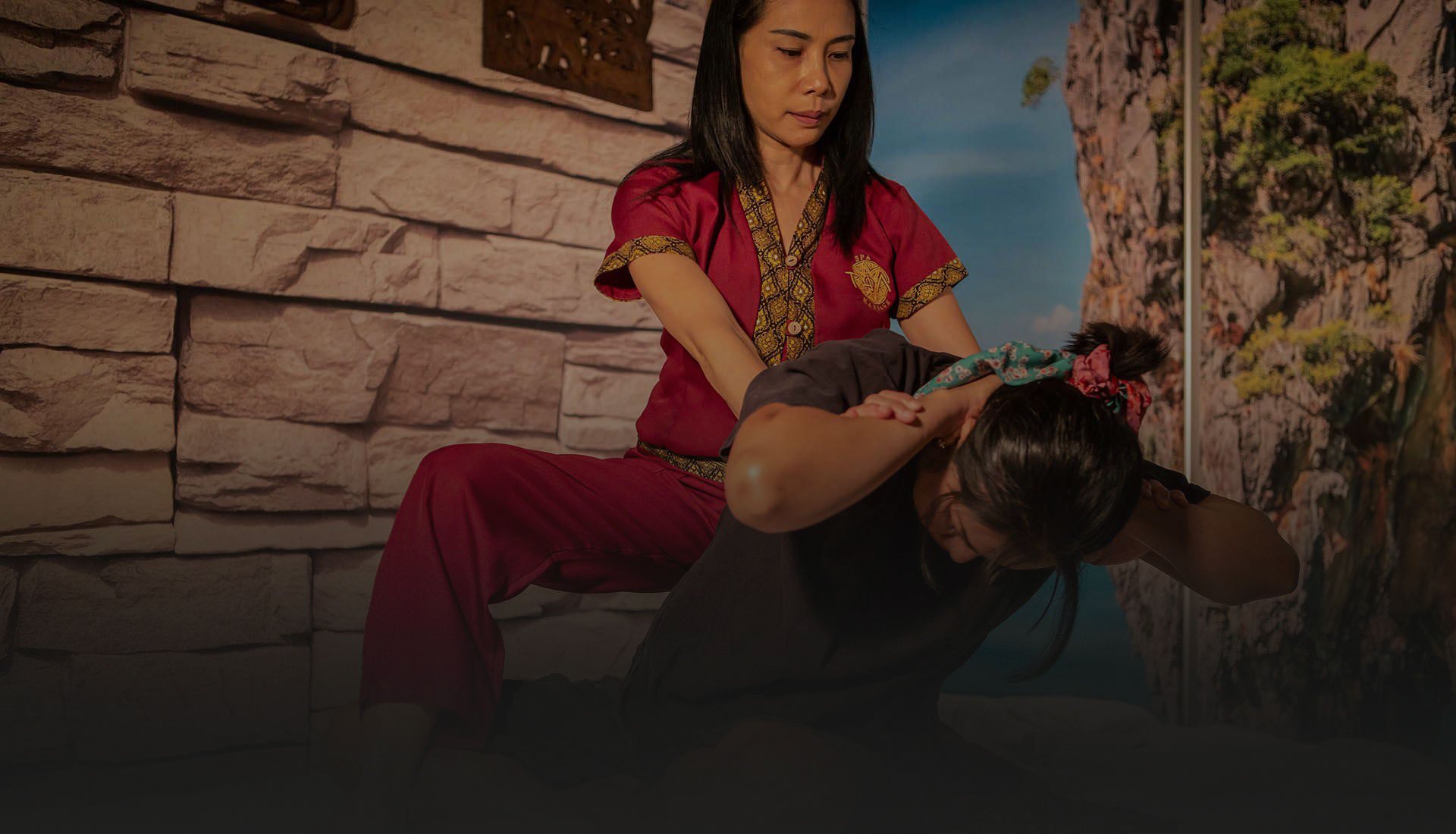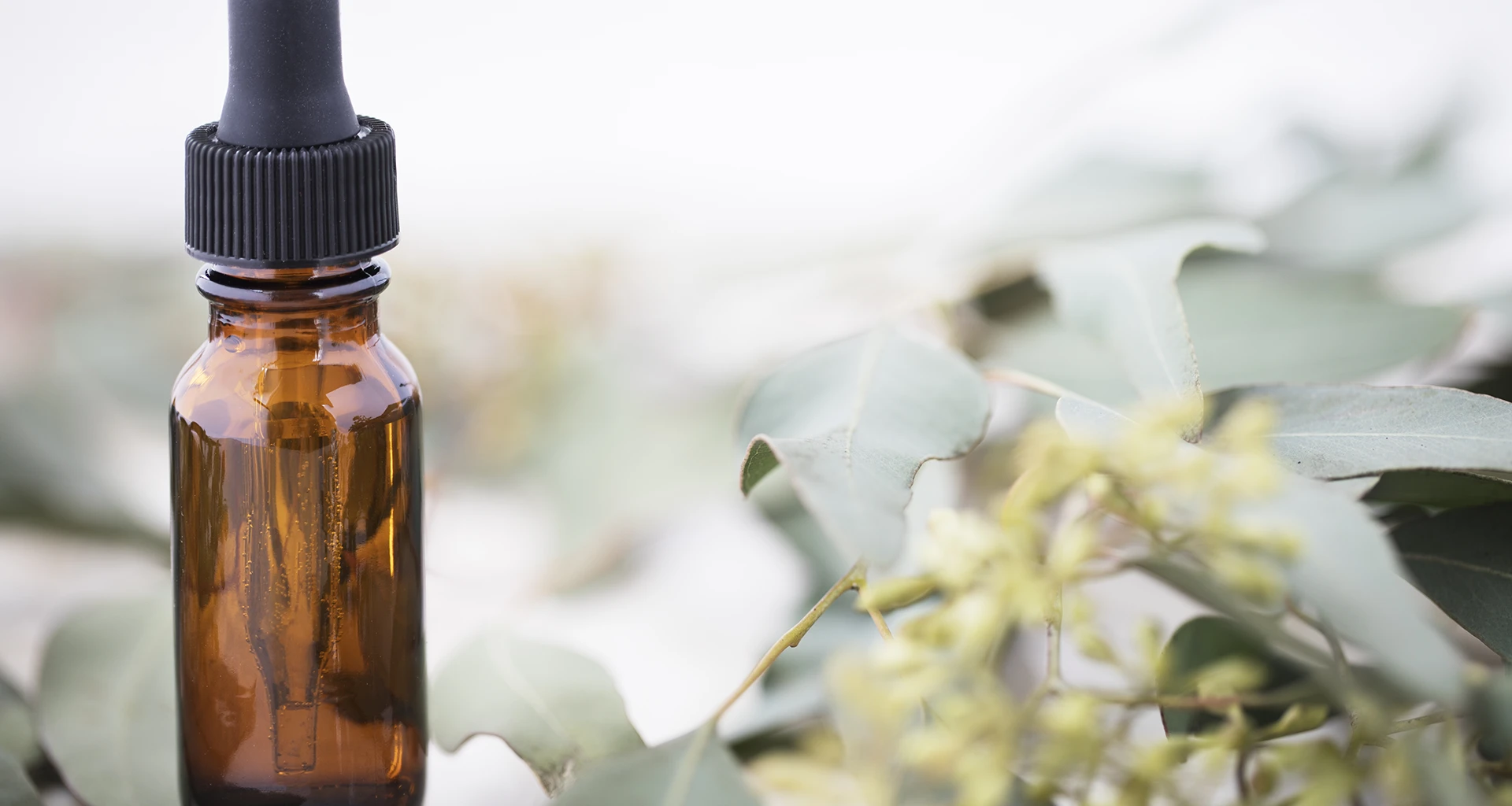Sus monumentos exóticos y razonablemente conservados —preludio del estilo arquitectónico del país—, sus alrededores selváticos y su historia multicultural son su gran atractivo, y han hecho que esta ciudad histórica formará parte del listado del Patrimonio Mundial de la UNESCO en 1991.
Mientras que la inmensidad de Bangkok, la belleza natural de Krabi o la instagramear calma de Chiang Mai absorben la mayoría del turismo, Sukhothai se mantiene inmaculada, libre de las consecuencias de la masificación y lista para revelarse como uno de los mejores destinos de nuestra nación. Hoy, vamos a descubrir qué hay que ver en las que, para nosotros, son las ruinas más impresionantes de Tailandia.

El primer gran reino de Tailandia
Considerada como el origen de la cultura Thai, la ciudad de Sukhothai fue la primera capital de Tailandia. Fundada en el siglo XIII, Sukhothai, que significa «Amanecer de la Felicidad», fue el hogar del rey y líder religioso Ramkhamhaeng —considerado el padre fundador de la nación—, la cuna del alfabeto Thai, ubicación de uno de los más místicos y gigantescos Budas del país y la fuente del estilo arquitectónico considerado como la edad dorada de la civilización tailandesa.
La creación de esta maravilla cultural, al igual que con la fundación de Roma, une leyenda y realidad con la historia de dos príncipes, Pho Khun Pha Muang y Pho Khun-Bang Klang Hao, que combinaron sus fuerzas para reclamar la ciudad y transformarla en la sede de un reinado que extendería su influencia hasta China, fundando rutas de comercio e importando el arte de la cerámica a los tailandeses. Este período nos trae cierta nostalgia en Tailandia, ya que se lo considera una era antigua de prosperidad y buen gobierno, en la que el budismo floreció y se construyeron muchos monasterios impresionantes de ladrillo cubierto con estuco tallado, que ilustran la belleza idealizada de Buda. De sus ocho reyes, Ramkhamhaeng es el más conocido por su papel como impulsor de la religión y la cultura, mientras que Thammaracha IV es infame por la decadencia de su gobierno y por trasladar la capital a Phitsanulok. En 1438 la ciudad de Sukhothai (que seguiría en declive hasta ser definitivamente abandonada en 1584) fue absorbida por el reino de Siam, y la capital se trasladó a la ciudad de Ayutthaya.El Parque Histórico de Sukhothai
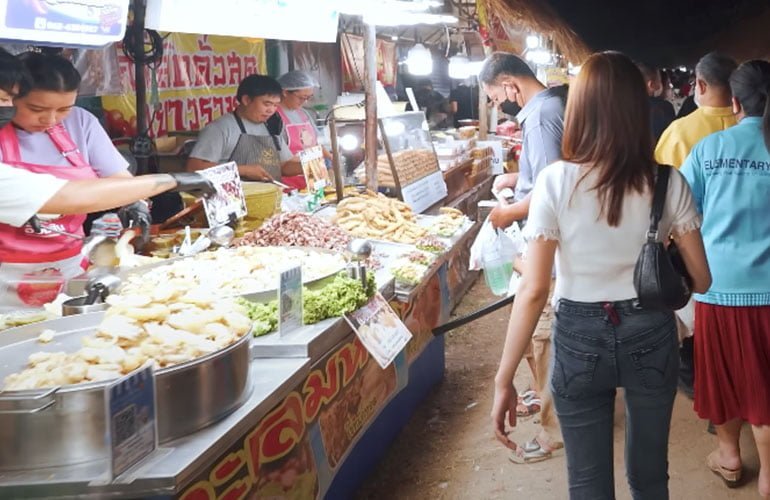
La ciudad nueva de Sukhothai se encuentra a solo 12 kilómetros del Parque Histórico. Primer consejo: aunque para muchos se trata de poco más que un “campamento base” para visitar las ruinas, hay un interesantísimo mercado nocturno en la ciudad que debes visitar al viajar a Tailandia. Es un lugar increíble con muchos quioscos con genuina comida, fruta, y bebidas Thai. ¡Puedes probar aquí de todo, y todo muy típico, incluso sushi e insectos asados! Es un añadido a la visita que ofrece una perspectiva completamente diferente a la experiencia.
Siguiente consejo: disfrutarás más de tu visita alquilando una bicicleta. Cuesta alrededor de unos 70 Bahts al día (2€) y en la entrada del parque hay varios puestos para alquilarlas. Y es que en la zona hay al menos 20 templos que puedan considerarse visitables —aunque las ruinas son innumerables aquí y allá—, así que los desplazamientos en bicicleta ayudan a aprovechar el día y experimentar una trepidante sensación de libertad.

Map of Sukhothai Historical Park
The Sukhothai Historical Park has a zone pricing system: the city center, the north, west, south and east. Entry to each area costs about 100 baht. This pass system is a bit convoluted, and the passes are only valid for one day, so if you only have one day, we recommend purchasing the five zone pass directly which costs 350 baht (€9.5). There is a very interesting audio guide that, in English, tells the history of each of the ruins and costs about 300 additional bahts (€8).
Our advice is to visit the park first thing in the morning. and enjoy the sunrise in this exceptional enclave, with the light of dawn reflecting in all the lakes and streams that decorate the ancient city. It is ideal for taking unforgettable photos, and, in addition, the temperature is much cooler in summer, ideal for traveling to Thailand with quality.
Qué ver en Sukhothai
La zona central es la más importante, donde se encuentran las ruinas más destacadas, rodeadas por los muros y fosos que protegían la antigua capital. Es una de las características rituales de este enclave: el agua. Las ciudades históricas del Reino de Siam innovaron en ingeniería hidráulica, modificando el paisaje del reino, con embalses, estanques y canales para cumplir una variedad de funciones agrícolas, económicas y rituales, así como para proporcionar a los habitantes de los pueblos agua para su vida diaria.
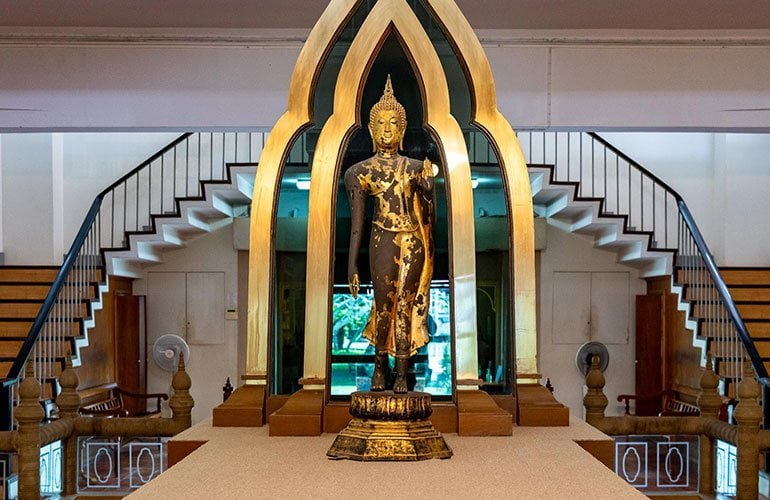
El Museo Nacional de Ramkhamhaeng
La forma ideal de sumergirse en la historia de este lugar: el museo, en la misma calle de acceso al Parque Histórico, alberga innumerables objetos del Parque —pero también de otros enclaves, como el Parque Si Satchanalai— que muestran la historia y la forma de vida de los antiguos habitantes de la ciudad.
Abre todos los días de 9:00 de la mañana a 16:00 de la tarde salvo los lunes, martes y días festivos. El precio para acceder a este museo es de 150 baths (4,15€).
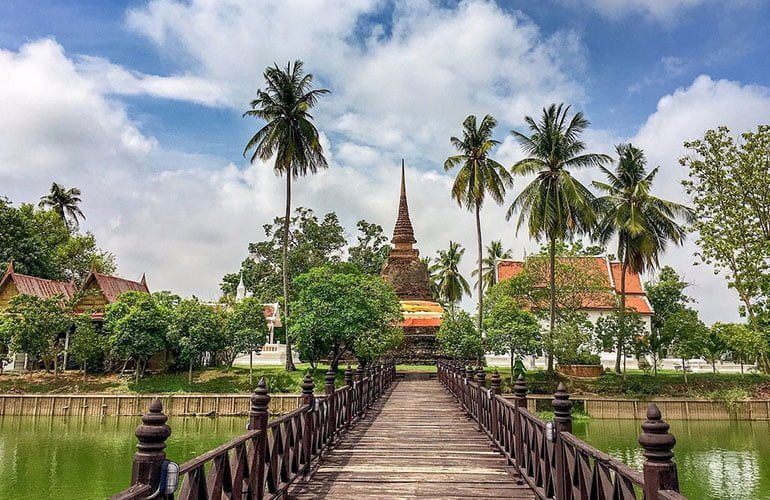
Wat Traphang Thong
Su ubicación a las afueras del Parque histórico de Sukhothai, y su precioso puente de madera convierten a Wat Traphang Thong en una visita obligada. ¡Y la entrada es gratuita! La antigua pagoda en forma de campana está muy bien conservada y formaba parte del templo original que se encontraba en el mismo lugar. Si tienes la suerte de visitar el lugar el 1 de noviembre, Wat Traphang Thong es el lugar donde los lugareños celebran el Loy Krathong.
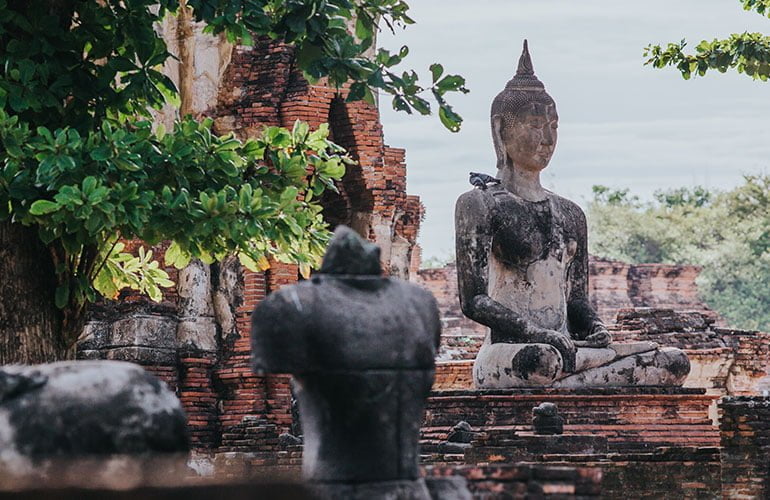
Wat Mahathat
El templo más impresionante de todo el Parque Histórico y que no te puedes perder al viajar a Tailandia: su nombre significa «Templo de la gran reliquia» y se cree que se construyó en un período de cinco décadas durante el reino de Siam, entre los años 1292 y 1347. El templo representa el mítico Monte Meru, el centro del universo en Tailandia. La pagoda gigante de estilo jemer contenía las reliquias de Buda y las estupas de su alrededor representan las cordilleras alrededor del Monte Meru. Debajo de las imágenes de los budas hay mantras e instrucciones para su adoración.
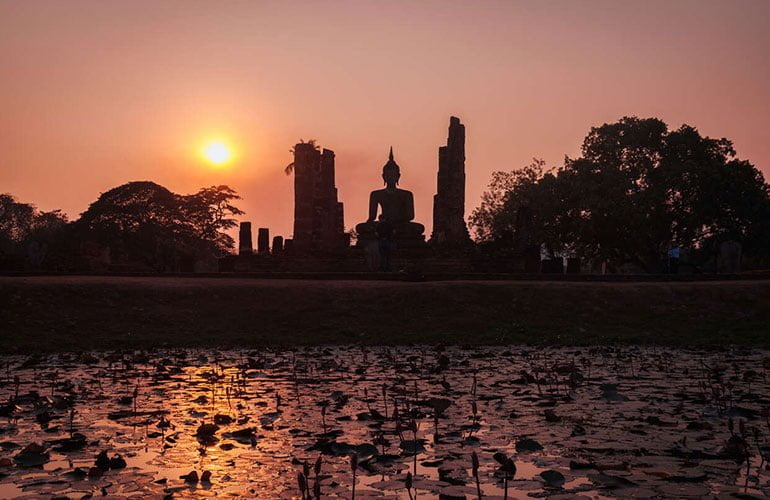 El foso simboliza el océano cósmico, lo infinito. Es un espacio precioso para sentarse y reflexionar. Tercer consejo: contemplar aquí el amanecer o el atardecer, con la luz del sol reflejada en las aguas del templo, es una experiencia mística que, probablemente, solo puedas vivir una vez, no dejes que los mosquitos te amarguen y lleva contigo mucho repelente de insectos.
El foso simboliza el océano cósmico, lo infinito. Es un espacio precioso para sentarse y reflexionar. Tercer consejo: contemplar aquí el amanecer o el atardecer, con la luz del sol reflejada en las aguas del templo, es una experiencia mística que, probablemente, solo puedas vivir una vez, no dejes que los mosquitos te amarguen y lleva contigo mucho repelente de insectos. 
Sukhothai Noodles
Esta sabrosa receta que mezcla fideos de arroz con rebanadas de cerdo, albóndigas de cerdo, camarones secos, cacahuetes triturados y frijoles largos en un caldo de pollo es el emblema de la gastronomía de la región.
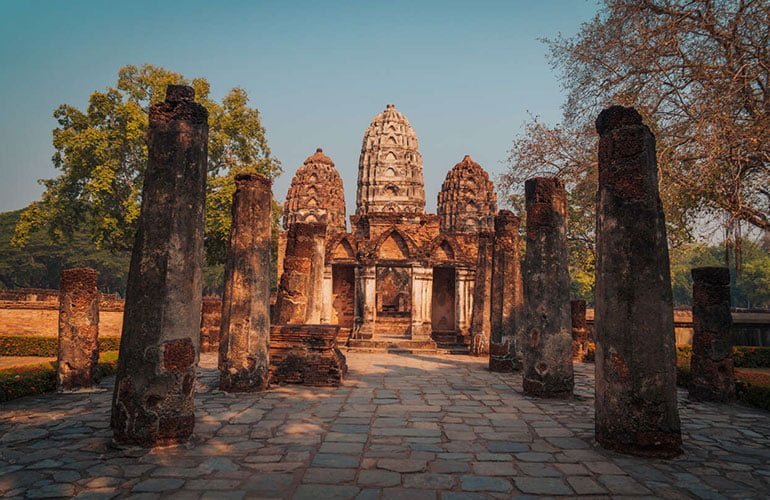
Wat Si Sawai
Nadie sabe cómo se llamaba el templo durante la era jemer, pero sí sabemos que el templo comenzó como santuario hindú: los historiadores encontraron numerosas evidencias arqueológicas en el área, como porcelanas chinas y estatuas de dioses hinduistas, concluyendo que primero se construyó como una estructura religiosa hindú y luego se convirtió en un templo budista. En Wat Si Sawai sus prangs (pagodas) presentan el estilo arquitectónico de Lopburi, y se asemejan a los que se ven en Angkor Wat.
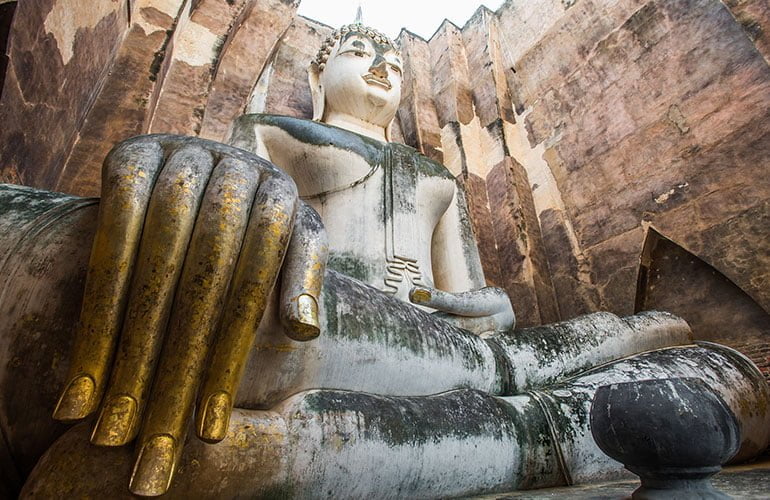
La imagen de 15 metros del Buda parlante de Wat Si Chum
La imagen de Buda más grande de Sukhothai mide 15 metros de altura y se encuentra en el templo de Wat Si Chum. Construido en el siglo XIII, su estructura de cielo abierto y su imponente pórtico (mondop) crean el marco ideal para que uno de los Budas más místicos de Tailandia descanse, junto a un árbol Bodhi tan antiguo como la ciudad. La imagen se conoce como Phra Acana, que significa “el que no está asustado” o “el imperturbable”. Según la leyenda, un ejército birmano que invadió Sukhothai huyó al ver esta imagen.
Los lugareños rezan ante la imagen de Buda con velas y varitas de incienso en sus manos, llevando ofrendas y recitando oraciones.
Las paredes del mondo son mucho más gruesas de lo que necesitaría ser, porque cubren un paso estrecho, lleno de representaciones de la vida de Buda que permite subir alrededor de la imagen.

Pero ¿por qué esta inmensa estatua tiene el apodo del Buda parlante? La leyenda cuenta que el gran rey Naresuan, queriendo levantar la moral de sus principales generales antes de la guerra, llevó a sus hombres ante el Buda, que habló, vaticinando su victoria. Esta profecía llenó de determinación el corazón de los valientes guerreros, que probablemente desconocían que, desde la pequeña ventanita de la imagen, uno de los hombres del rey era el verdadero autor del discurso. Una de las muchas curiosidades que aprendes al viajar a Tailandia.

Un festival de luz
Durante el Loy Krathong, la luna llena del mes 12 del calendario lunar tailandés, cuando cientos de linternas flotantes se lanzan hacia el cielo y surcan los ríos en el país, Sukhothai vuelve a la vida.
La palabra Loi significa ‘flotar’ y Krathong significa ‘recipiente, bote o embarcación’, y la gente hace flotar un krathong decorado con velas y flores sobre el agua. Los tailandeses creen que esta es una forma de librarse de la mala suerte y los sentimientos negativos, y traer buena suerte y sentimientos positivos.
Es un momento realmente mágico e inolvidable, en el que las ruinas brillan con fuerza.
